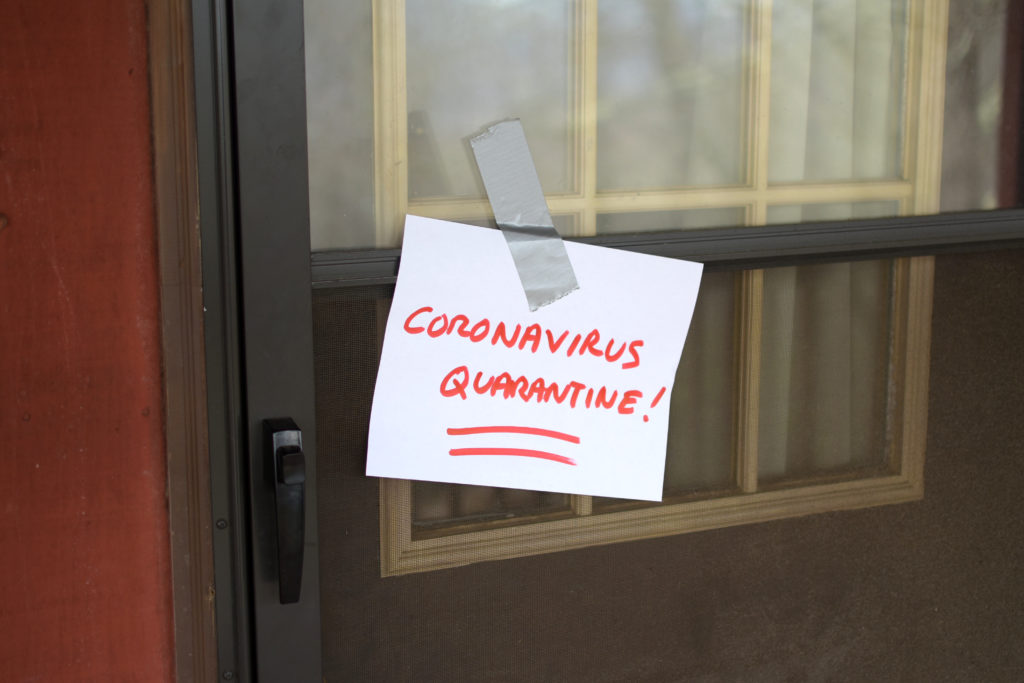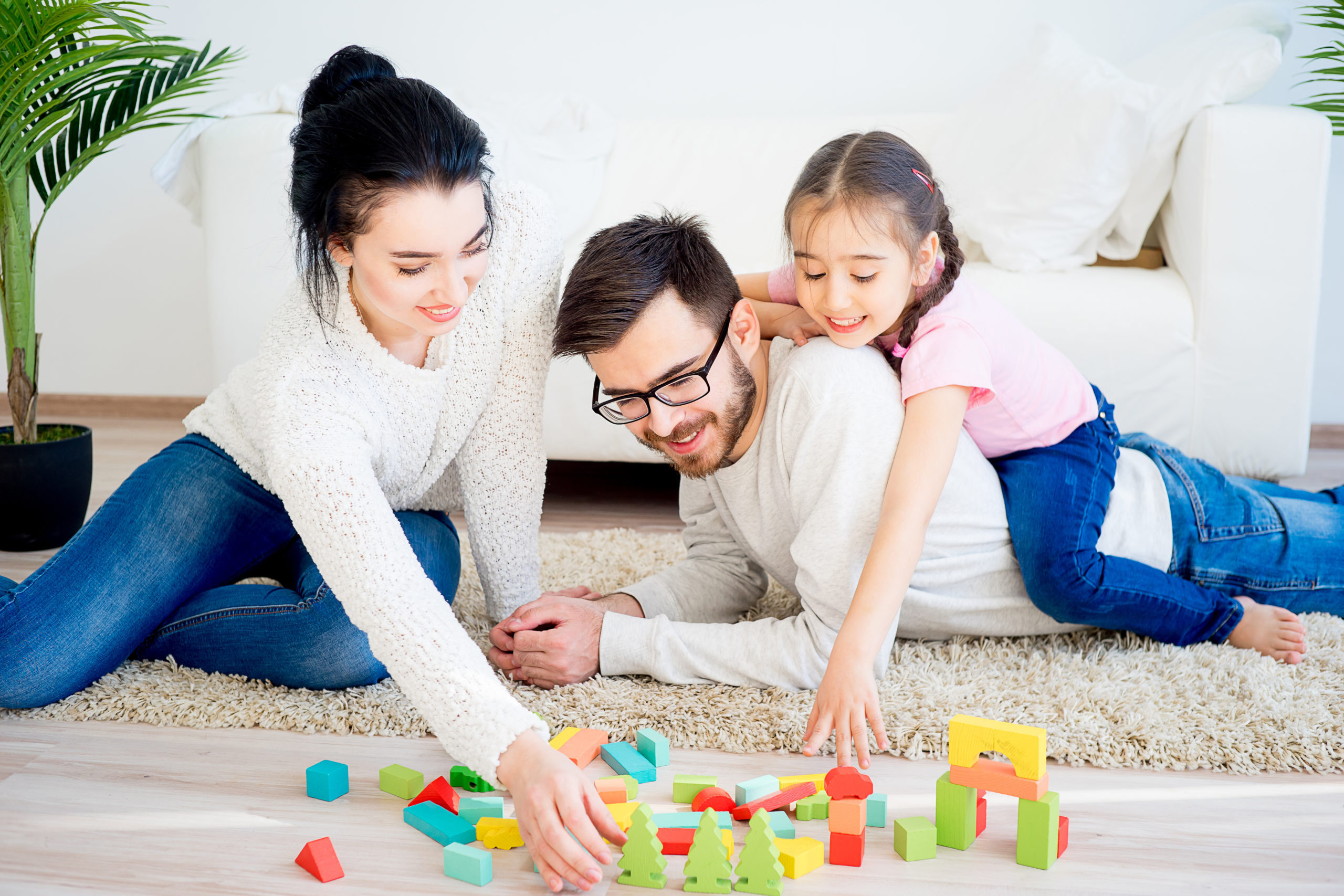
- Many people in our community are returning from spring break;
- COVID-19 has latent symptoms, so it’s tough to get an accurate read on who might be carrying it. Testing is also limited in the United States, so the actual number of carriers is likely higher than reported;
- COVID-19 spreads through respiratory droplets, tiny particles that we release when breathing, talking, coughing, laughing, etc. Particles can also be spread through touch;
- COVID-19 is deadly and contagious, especially for those who are older or are immunocompromised;
- Self Quarantining Now Can Highly Reduce the Amount of COVID-19 Cases in Our Community.
Recently COVID-19, also known as Coronavirus, has been the most common discussion topic both in the news and in individual communities around the world. You’ve probably been checking in with your family and friends or have had family and friends checking in with you. A lot of people just went on Spring Break, were preparing for vacations, were looking forward to summer plans, graduations, and weddings. Now, we’re seeing restaurants and bars close in many major cities, and concert venues and theaters are delaying shows or switching to livestreams. In other words, this is normally the season for get-togethers and events, and now we’re getting news that we should isolate ourselves as much as possible.
While it’s kind of a let-down to not be able to go on that big trip, visit the beach, walk across the stage to get your diploma, throw a housewarming party, or walk down the aisle, it is very important to self quarantine—especially right now.
Self Quarantine is Critical to Slow the Spread of COVID-19.
COVID-19 spreads mainly between people who are in close contact with one another (within about 6 feet) through respiratory droplets produced when an infected person coughs or sneezes, or by touching surfaces where the virus has been, then touching one’s face. Even if you think you are not infected, you still might be; it can take from 2 to 14 days for the virus to incubate and start showing symptoms, and many people who carry it are asymptomatic.
Coronavirus’ infectious nature is why the virus has spread so quickly, and why restaurants, bars, airlines, cruises and other locales where people gather in large groups have started coming to a halt. In these environments, especially when food and drinks are involved, it is more likely that people will spread microscopic saliva particles through breathing, talking, coughing, sneezing, and laughing. These particles not only travel through the air but can also land on glasses, plates, doorknobs, silverware, tables, and other surfaces that people are highly likely to touch without even thinking about it. Every place that you visit where other people are raises the risk of spreading COVID-19.
Now imagine that everyone is going about business as usual: having get-togethers, going out, moving in and out of restaurants and shops, coming into contact with one another and touching the same doorknobs, bouquets, arm rests, handrails, guestbooks, etc. one after the other. We can get some idea of where we’re headed based on where the Coronavirus has been, specifically in countries like China and Italy. Within the course of two weeks, both countries saw the number of Coronavirus cases skyrocket from a handful to thousands before quarantining. It’s also worth mentioning that the United States is still behind on testing, so the actual number of cases is higher than what’s being reported.
Self quarantining now will slow the spread and even stop it in some places.
If someone is infected in your household but does not leave, then COVID-19 cannot spread beyond the household, sparing your friends, family, and neighbors from getting it as well. In addition to slowing down the virus, this also leads to less people entering the hospital, reducing strain on the healthcare system and improving the chances for first responders to fight the virus.
So far, the people most likely to be fatally or severely impacted are older patients and those who are immunocompromised. This includes people who have been diagnosed with cancer, asthma or other respiratory conditions, and those who have weak immune systems due to other complications or medications. Even if you specifically are not in one of these categories, you can still carry the virus, may be severely affected, and/or spread it to someone who will be severely impacted.
Right now, it’s impossible to accurately tell who in our community could be carrying COVID-19. And because it spreads through social interaction, it’s in everyone’s best interest to self quarantine as much as possible. Cancelling large gatherings and dine-in services is a step in the right direction, but it is our personal responsibility to do everything we can to social distance and self isolate.
How to Self Quarantine
- Only go to public spaces when absolutely necessary;
- It’s okay to walk outside but keep at least six foot distance between those around you and wash your hands/sanitize before and after leaving the house;
- Minimize how much you touch things other people touch, and don’t touch your face before cleaning your hands;
- Get items you need delivered if at all possible. Sanitize any new supplies entering your house. The virus can survive on hard surfaces such as plastic and stainless steel for up to 72 hours and on cardboard for up to 24 hours;
- If you are highly likely to be affected, it is even more important to stay home;
- Interact with others via call, text, Skype, FaceTime, or other means of digital communication.

